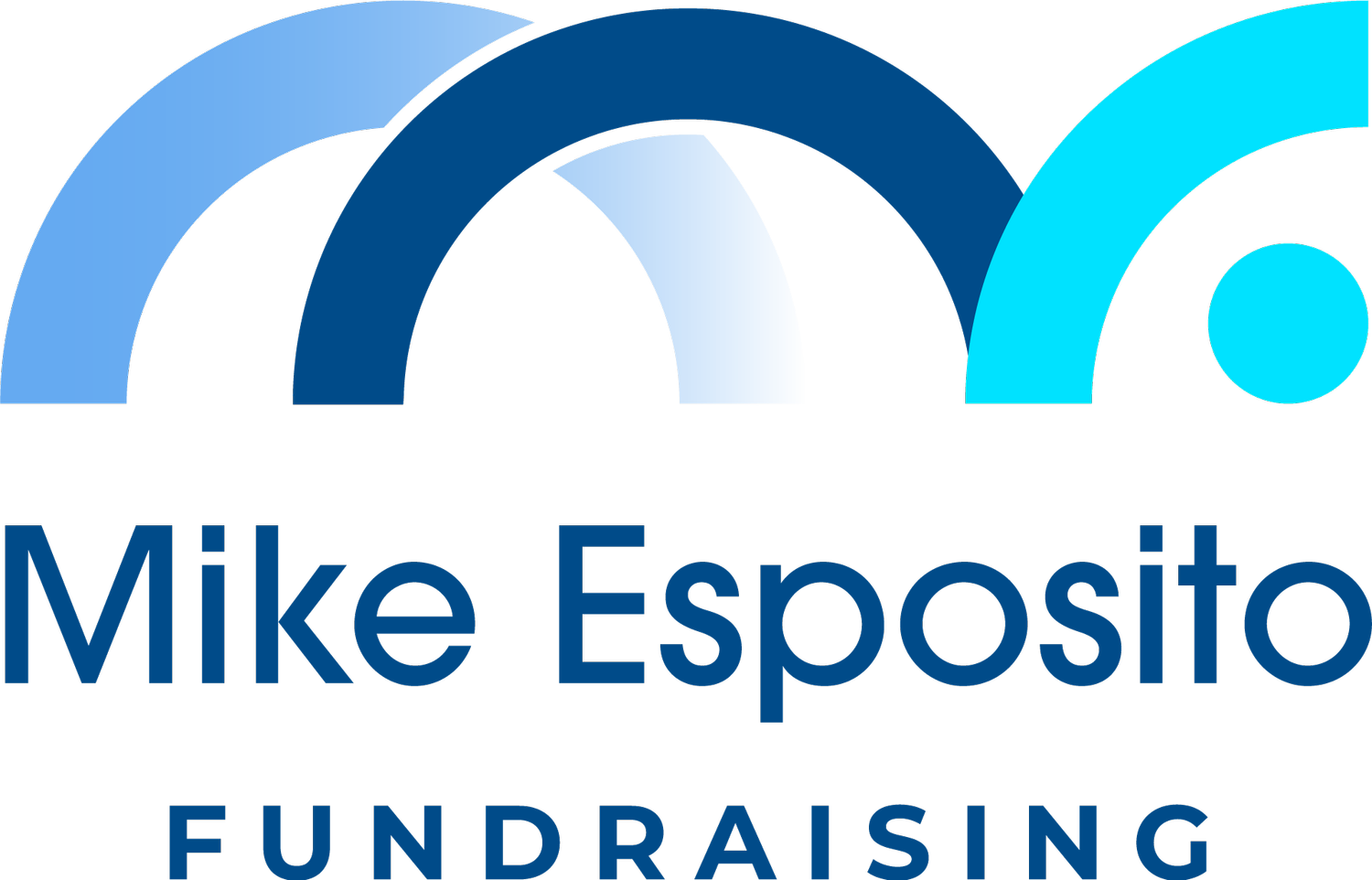Ask a Responsive Fundraiser: Building Corporate Sponsorships, Authentic Connections, and More
Dear Responsive Fundraiser: What is the best way to incorporate corporate sponsorship into our nonprofit? We have a few upcoming events and are looking for more ways to attract people.
—Calling All Corporate
Dear Corporate: That’s a great idea! Corporate sponsorship can be an incredible way to bring new corporations, corporate employees, and resources to your cause. In my experience, it’s best to start prospecting, qualifying, and reaching out to prospective corporate sponsors about eight to nine months before your event date.
To find corporate sponsors, you’ll need to identify some companies that share a strong commitment to philanthropy. Also, consult your company’s gift acceptance policy early on to ensure compatibility since some organizations have restrictions against partnerships with certain industries, like alcohol, tobacco, or mining.
After identifying potential corporate partners, qualify them by researching their involvement with causes similar to yours. Next, leverage your internal networks. Check if anyone in your organization, including your Board of Directors, has existing connections with these companies. If so, ask for an introduction. If not, use tools like LinkedIn to identify key contacts in their Corporate Social Responsibility (CSR) departments.
In the past, I’ve been pleasantly surprised by board members willing to reach out to former corporate employers when prompted. If a board member can make an introduction, having them join the introduction meeting may be helpful. When you secure meetings with potential corporate sponsors, focus on understanding their partnership objectives. Many companies value employee volunteer opportunities, but others might prioritize brand visibility or reaching new audiences. Listen carefully to their goals and find ways to align them with your nonprofit’s mission.
These discussions will help you create appealing sponsorship packages with different levels of involvement for your upcoming events, improving your chances of securing meaningful partnerships that will benefit both your nonprofit and the corporate sponsor.
Read more about Mike’s responses to questions about impersonal messaging and board engagement here.

